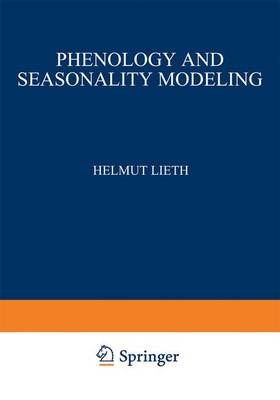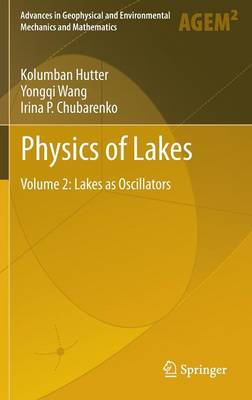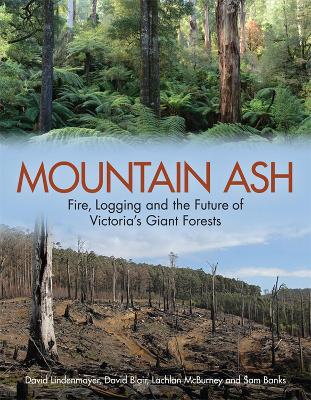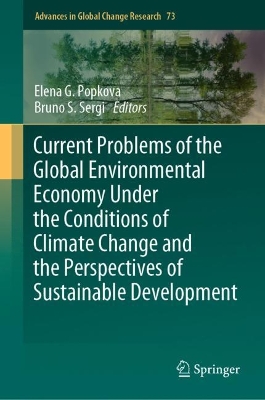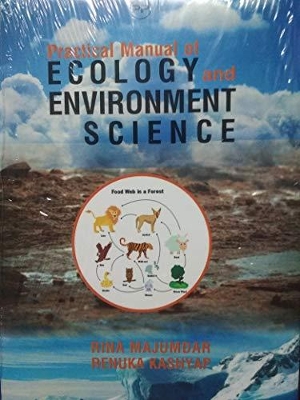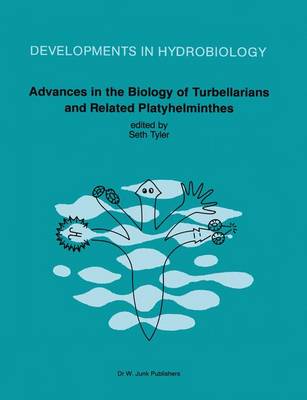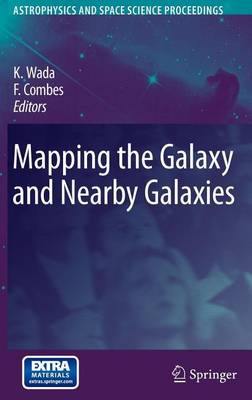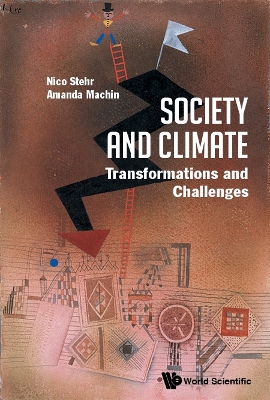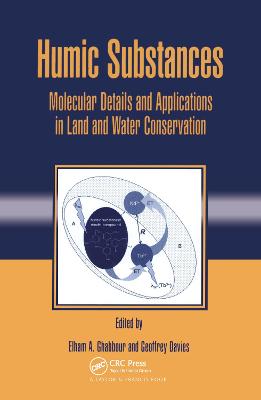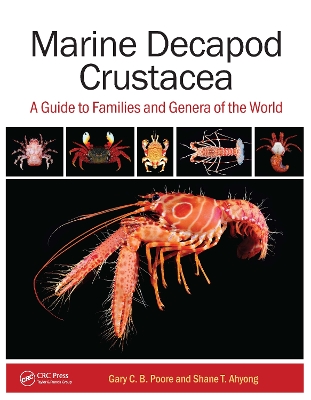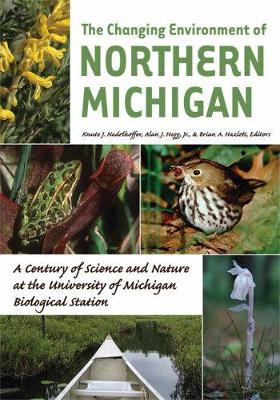The overwhelming focus of this 2nd volume of “Physics of Lakes” is adequately expressed by its subtitle “Lakes as Oscillators”. It deals with barotropic and baroclinic waves in homogeneous and stratified lakes on the rotating Earth and comprises 12 chapters, starting with rotating shallow-water waves, demonstrating their classification into gravity and Rossby waves for homogeneous and stratified water bodies. This leads to gravity waves in bounded domains of constant depth, Kelvin, Poincaré and...
Mountain Ash
by David Lindenmayer, David Blair, Lachlan McBurney, and Sam Banks
Mountain Ash draws together exciting new findings on the effects of fire and on post-fire ecological dynamics following the 2009 wildfires in the Mountain Ash forests of the Central Highlands of Victoria. The book integrates data on forests, carbon, fire dynamics and other factors, building on 6 years of high-quality, multi-faceted research coupled with 25 years of pre-fire insights. Topics include: the unexpected effects of fires of varying severity on populations of large old trees and their...
This up-to-date and comprehensive reference presents the fundamentals of environmental planning, incorporating theory, practice and case studies. The book includes balanced coverage and real world examples to illustrate the concepts. Political, ethical, and societal considerations are all addressed. Presents the fundamentals of environmental planning and methodological material for analysis.Real world examples are provided to illustrate concepts.Political, ethical and societal considerations are...
This book presents a systemic view of the global environmental economy under the conditions of climate change from the positions of Sustainable Development Goals. The purpose of the book is to study the current problems of the global environmental economy under the conditions of climate change and to determine the prospects of its sustainable development (systemic support for the SDGs). This goal predetermines the logic and structure of the book, which is comprised of five parts. Part I presents...
Trace Gas Emissions by Plants (Physiological Ecology)
A book intended for plant physiologists, ecologists, and atmospheric chemists and modelers. Many trace gases are exchanged between the atmosphere and the biosphere. Although much research has been published on the photosynthetic exchanges of carbon dioxide, oxygen, and water vapour, this book focuses on the imports of biogenic trace gases on atmosphere chemistry and ecosystem stability. Included are methane and its affect on the radiative properties of the atmosphere, hydrocarbons (isoprene and...
The Jungle is My Home (Picture Puffin S.) (Viking Kestrel picture books)
by Laura Fischetto
Describes the jungle and how man's destructive behavior threatens to ruin it as a unique home to a multitude of animals.
Practical Manual of Ecology and Environment Science
by Rina Mumjadar
Harmful Algal Blooms in Selected Hong Kong Coastal Waters
by Zhenbo Yang
The Incidence of Imposex in Hong Kong and the Value of Thais Clavigera (Gastropoda
by Zhengyan Li
Advances in the Biology of Turbellarians and Related Platyhelminthes (Developments in Hydrobiology, #32)
While the reality of the taxon Turbellaria has been called into question lately, turbellarians are nevertheless the subject of active research by a sizable group of biologists. Turbellarians are relatives of the major groups of parasitic platyhelminthes - monogeneans, digeneans, and tapeworms - and most are free-living. Because the ancestors to the major parasitic groups would be classified as turbellarians, strict application of princi- ples of phylogenetic systematics dictates that the Turbell...
Mapping the Galaxy and Nearby Galaxies (Lecture Notes in Physics, #35) (Astrophysics and Space Science Proceedings)
Society And Climate: Transformations And Challenges
by Nico Stehr and Amanda Machin
Climate has for a long time been a taken-for-granted background against which social, political and economic interactions have taken place. But this taken-for-granted background is cleaving. It is becoming hard to ignore the potential repercussions of a changing climate, and the uneven impact of certain forms of human society and energy cultures that risk undermining their own environmental conditions.In a comprehensive and accessible way, this book:
Humic substances are everywhere; in plants, soils and water. These brown materials are the most versatile and widely dispersed organic compounds on Earth. Studies of humic substances sustain all current efforts to bioremediate and purify water, develop and support sustainable agriculture, decontaminate polluted soil, and combat soul desertification and erosion. Taken from the 2004 Humic Substances Seminar VII held at Northeastern University, this selection of expert papers investigate the impo...
Decapod crustaceans, shrimps, crabs, prawns and their allies are highly visible and important members of marine environments. They are among the most charismatic of marine animals, inhabiting beaches, rocky shores and into the deep sea, hiding under stones, burrowing in the sediment and nestling in among algae and many other microhabitats. However, most are difficult to identify by the specialist and amateur naturalist alike. Marine Decapod Crustacea explains the anatomical features necessary...
The Changing Environment of Northern Michigan
Northern Michigan is undergoing unprecedented changes in land use, climate, resource extraction, and species distributions. For the last hundred years, the University of Michigan Biological Station has monitored these environmental transformations. Stretching 10,000 acres along Burt and Douglas Lakes in the northern Lower Peninsula and 3,200 acres on Sugar Island near Sault Ste. Marie, Michigan, the station has played host to nearly 10,000 students and a steady stream of top scientists in the fi...
Not Here, Not There, Not Anywhere: Politics, Social Movements, and the Disposal of Low-Level Radioactive Waste
by Daniel J. Sherman

